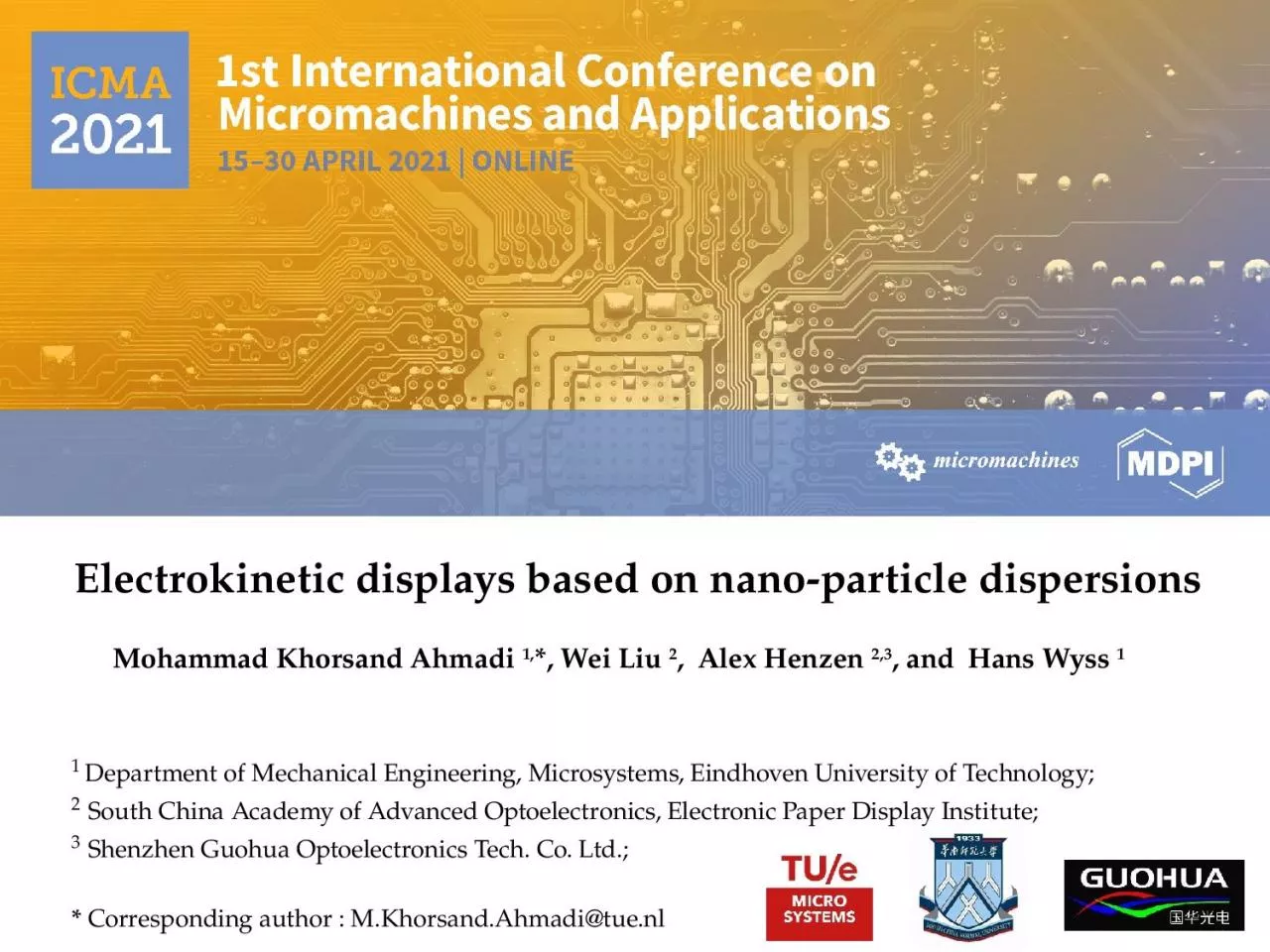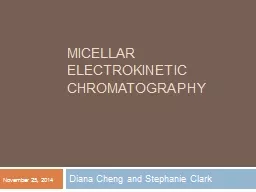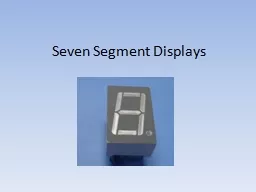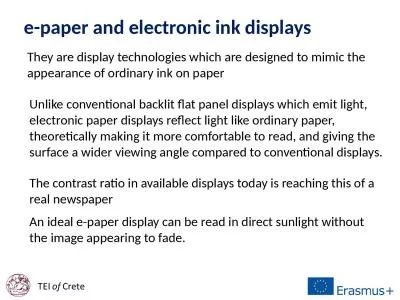PPT-Electrokinetic displays based on
Author : dandy | Published Date : 2024-01-03
nano particle dispersions Mohammad Khorsand Ahmadi 1 Wei Liu 2 Alex Henzen 23 and Hans Wyss 1 1 Department of Mechanical Engineering Microsystems
Presentation Embed Code
Download Presentation
Download Presentation The PPT/PDF document "Electrokinetic displays based on" is the property of its rightful owner. Permission is granted to download and print the materials on this website for personal, non-commercial use only, and to display it on your personal computer provided you do not modify the materials and that you retain all copyright notices contained in the materials. By downloading content from our website, you accept the terms of this agreement.
Electrokinetic displays based on: Transcript
Download Rules Of Document
"Electrokinetic displays based on"The content belongs to its owner. You may download and print it for personal use, without modification, and keep all copyright notices. By downloading, you agree to these terms.
Related Documents














